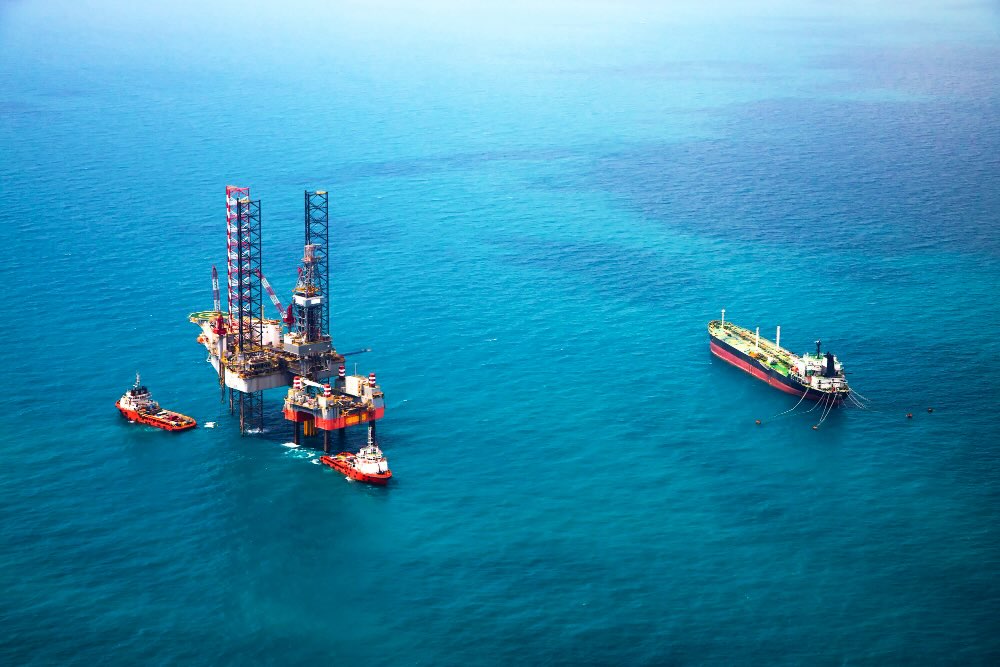
BAF is a commonly used English term in the transportation industry. BAF stands for “Bunker Adjustment Factor” and, in literal terms, refers to adjustments made for ship fuels. This factor is used to calculate the cost of fuels used by ships when transporting containers.
The calculation of BAF in the shipping industry is very important. Because the prices of ship fuels constantly fluctuate, and this affects transportation costs. Accurate calculation of BAF helps transportation companies determine their costs and set prices.
How BAF is calculated generally depends on factors such as ship size, sailing route, fuel consumption, and fuel prices. These factors need to be carefully evaluated and calculated.
The importance of BAF in the shipping industry and how it is calculated are very important topics for transportation companies and supply chain managers. In this article, we will examine the concept of BAF in detail and explain how it is calculated.

How is BAF Calculated?
One of the most important cost items for logistics companies is container transportation. Therefore, to minimize shipping costs and increase profitability, BAF (Bunker Adjustment Factor) calculation is a priority. BAF allows shipping companies to account for additional costs incurred due to fluctuations in fuel rates.
In 2008, a joint decision by the European Union (EU) banned the BAF adjustment by shipping companies. This situation also required logistics companies to determine their fuel rates themselves. However, this encouraged companies to calculate and adjust fuel rates more carefully.
The BAF calculation is generally an important factor that can affect the profit margins of logistics companies. Therefore, companies operating in the transportation sector must carefully perform BAF calculations to accurately reflect changes in fuel rates on their costs. Correctly performing this calculation can increase the profitability of companies and help ensure customer satisfaction.
When Are BAF Prices Determined?
The BAF prices set regularly each month by logistics service providers can directly affect customers. These prices are often volatile depending on exchange rates and fuel prices of ships. Freight rate also known as BAF (Bunker Adjustment Factor) is part of maritime transportation costs and helps carriers balance changes in fuel and other operational costs.
BAF prices are generally very important in the transportation sector because these costs can be directly passed on to customers. Carriers can offer more up-to-date and fair prices to customers by considering variable costs. However, the uncertainty of exchange rates and ship fuel prices can make determining BAF prices complex.
Therefore, transportation companies usually make forecasts for upcoming months and set BAF prices accordingly. This allows customers to anticipate their costs in advance and makes transportation processes more organized. Ultimately, regular determination of BAF prices can create a more transparent business relationship between logistics service providers and customers.
How Is BAF Reflected in Sea Freight?
One of the most important elements of sea freight is the freight rate. Those engaged in maritime transportation must consider many factors when offering freight quotes to customers. The foremost among these factors is fuel cost.
The sea freight rate not only covers transportation costs but also includes fuel costs. However, if some transportation companies provide transparent freight quotes that show not only the transportation price but also additional costs separately, both parties can reach a consensus more easily. This way, they can offer customers a more detailed cost estimate and carry out the transportation without issues. Transparent reflection of sea freight rates increases competition in the sector and also enhances customer satisfaction. Therefore, it is very important for shipping companies to offer the most transparent and detailed freight proposals to their customers.



